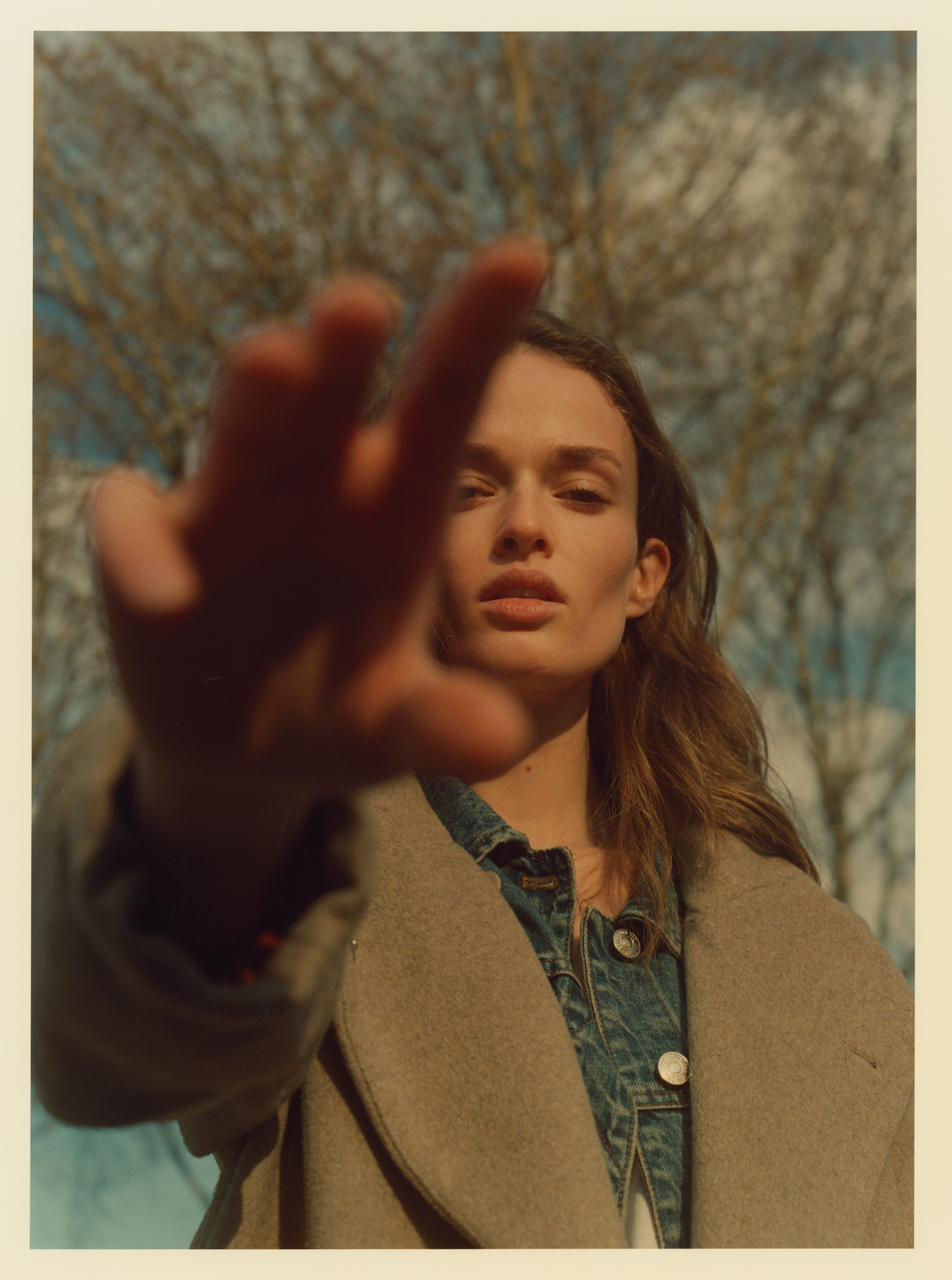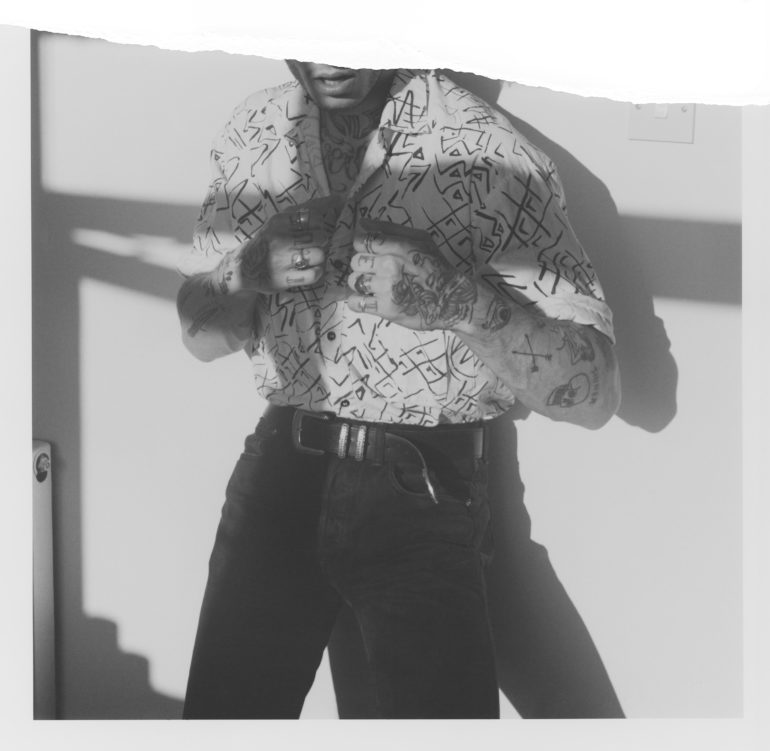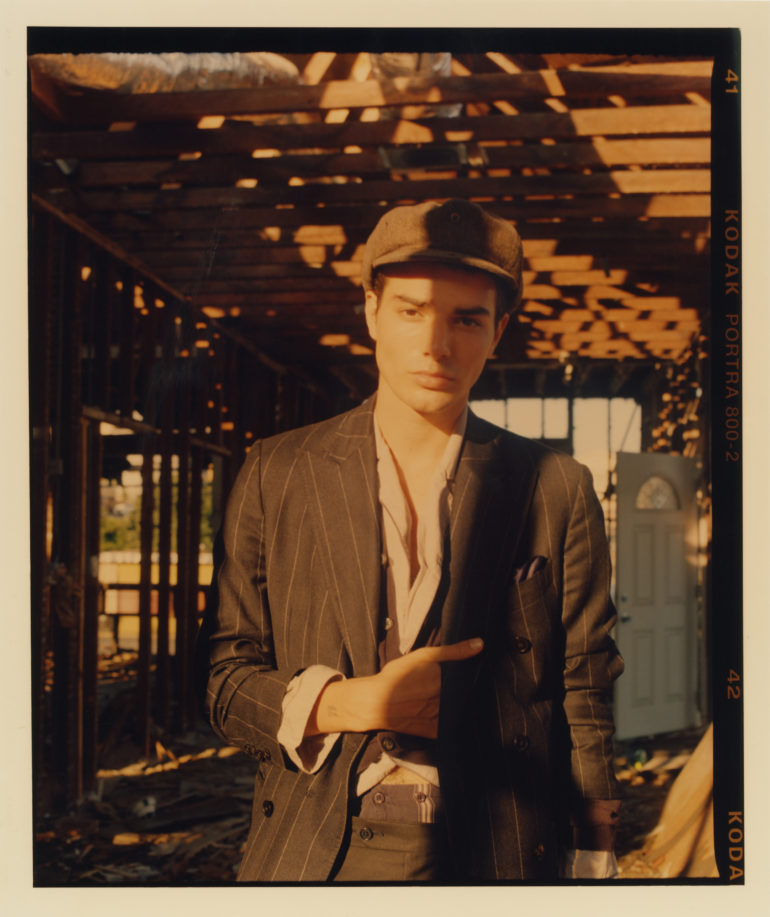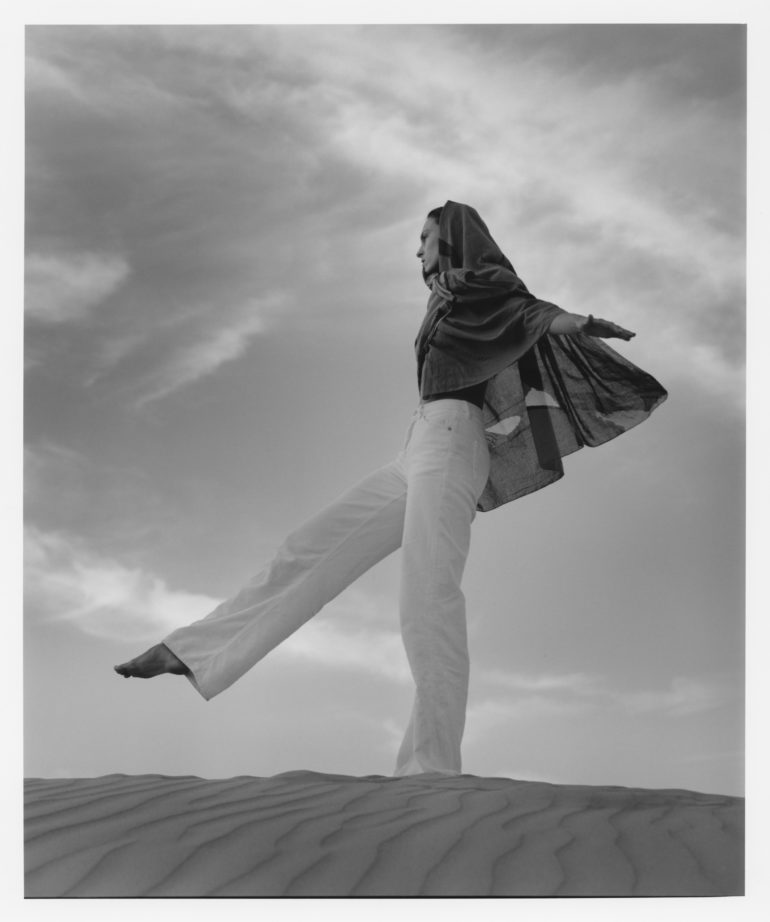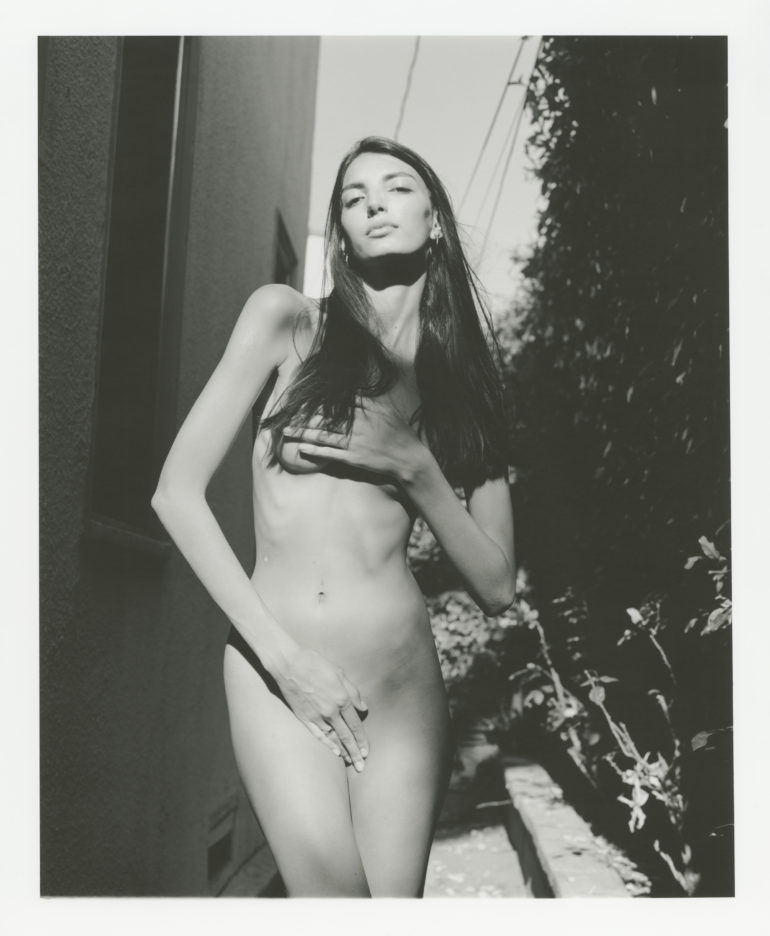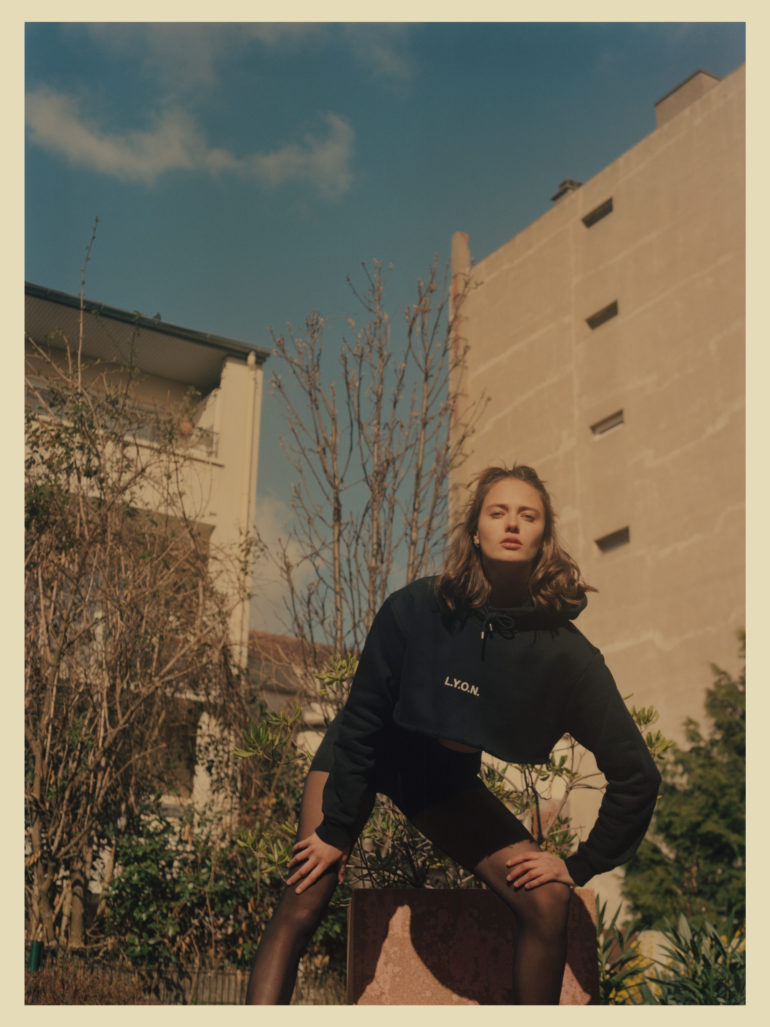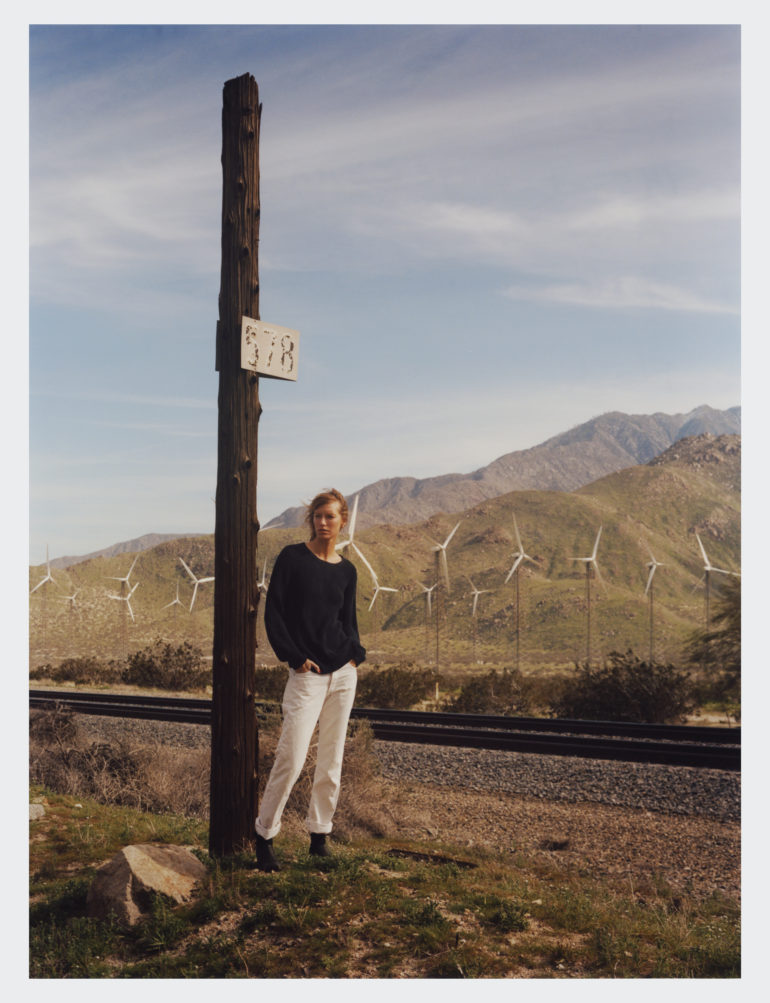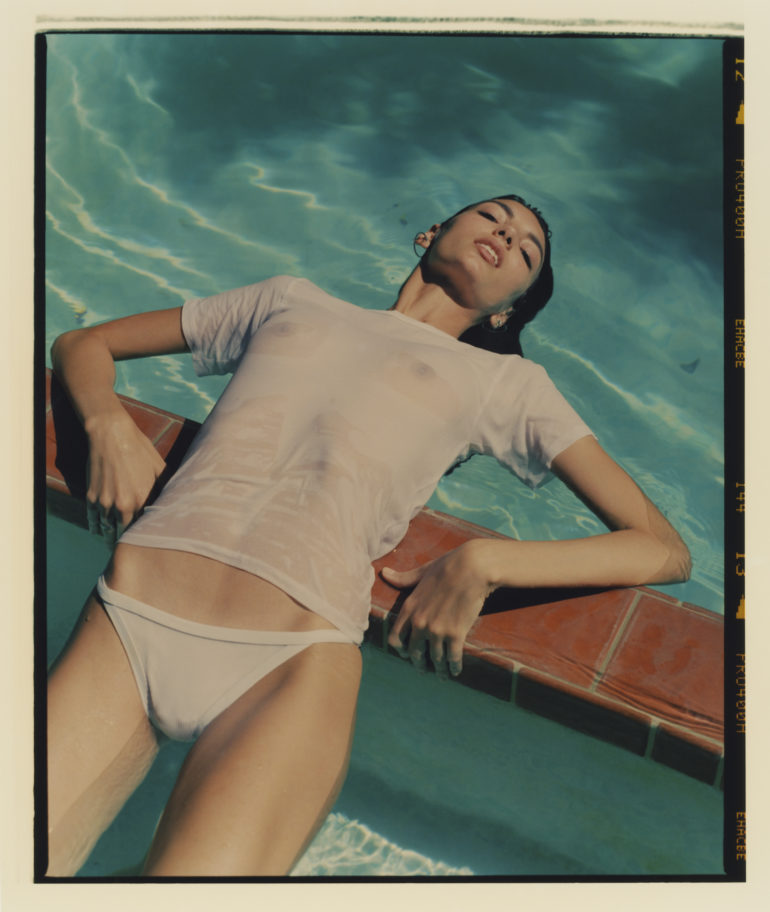Last Updated on 08/04/2019 by Joy Celine Asto
For Nick Sabatalo, film photography is less about the cool factor and more about its role as a bastion of fine art alongside the print.
With film photography still having a place in our creative arsenal, we’re always curious about how fellow film photographers are going against the grain and making the most out of the unique medium. So, when (currently) Los Angeles-based fashion photographer and casting director Nick Sabatalo got in touch with us to share the latest in his film photography forays, we were curious. Five years after picking up a film camera, he’s now venturing into a major component of the medium that most of today’s film photographers are skipping: making fine art prints of their images. In our chat with Nick, we asked him to tell us more about his insights on print (specifically darkroom printing), the plans for his all-film photography magazine, and what roles film is meant to fill in the realm of fine art photography.
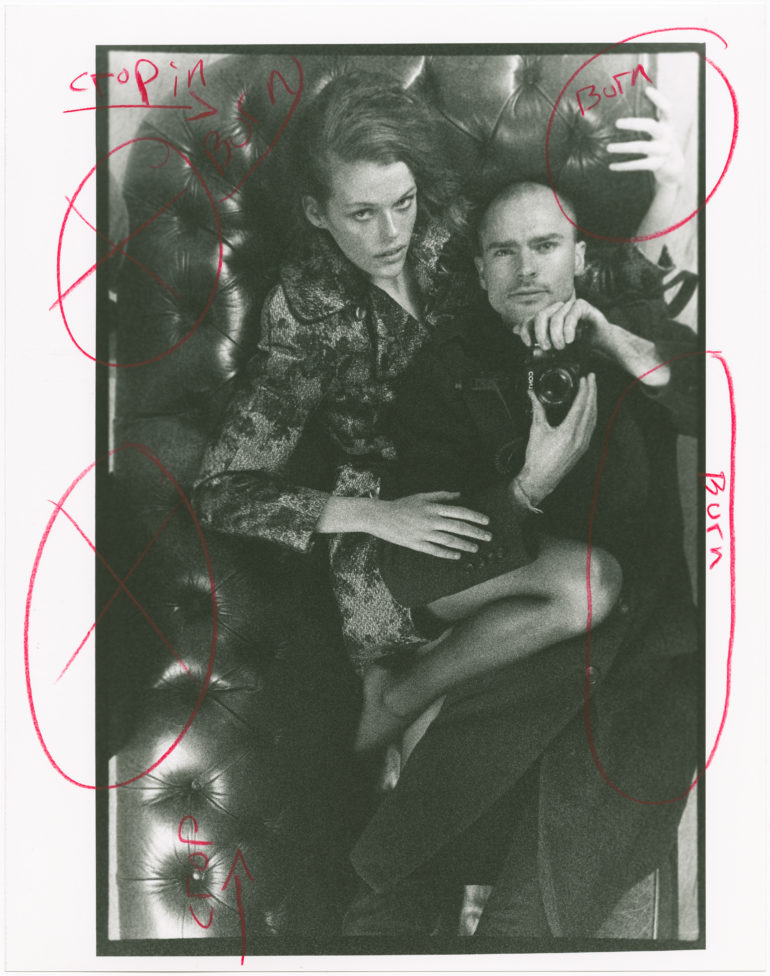
Phoblographer: Hello Nick! Can you tell us something about yourself and what you do?
Nick Sabatalo: Hi Joy! Well at the moment I’m living in Los Angeles, I say at the moment because you never know with me where I’ll be a month from now. So with that, I really enjoy traveling, meeting and working with inspiring new creatives and of course bringing my camera with me wherever I go!
What do I do? I wake up every day and I write down what I’m grateful for and I set my daily intentions. My favorite quote I try to live by is “today’s a great day to get a little bit better” and I believe that goes for me (everyone) to be a bit better as a big brother, uncle, son, friend, lover, coworker and in general as a person. I look forward to my coffee every day, I never have it at home, always out at a cafe. I’ve met so many amazing people spontaneously over a cup of coffee: my best friend as a matter of fact. I don’t read the news, I don’t need the negativity and luckily there are enough loud people I pass by who can’t help but talk about it, so I get the “headlines” from them.
My favorite way to end a day is with either a cigar at sunset or chasing the golden hour light with my camera and photographing whatever random beautiful things I come across. I do love a good cinematic film to watch and use it to unplug from the world before bed, perhaps something to get me inspired for my next shoot. Oh, you wanted to know what I “do” for work? Next question.
Phoblographer: When did you begin shooting film and printing in the darkroom? What makes you keep doing so?
Sabatalo: My relationship with film photography began just before I started shooting it myself; back when I was modeling, I worked with a really amazing photographer, Kenji Onglao, who was the first photographer to shoot me on film. I remember Kenji directing me to the smallest detail and there was something about that I really liked or admired. It was certainly different from shooting with digital photographers who would simply take a shot of every angle instead of positioning me exactly how they wanted for that one money shot. Kenji did take his time and it felt so much more like “our” shoot than just his shoot because there were so much dialogue and trust between us. I instantly fell in love with the process before I ever even saw the final pictures, and when I did it just solidified everything for me. They were and still are my favorite and what I think are my best images taken as a model.
I started shooting in 2014 about, and if I’m honest, I was petrified to shoot my first roll of film. I had all this pressure I was putting on myself to shoot fashion and produce editorials, and I wanted it to be perfect. What I quickly realized is film, and photography in general, isn’t about perfection: it’s about exploring, exploration of yourself, exploration of your subject (be it a person or the world) and an exploration of your craft.
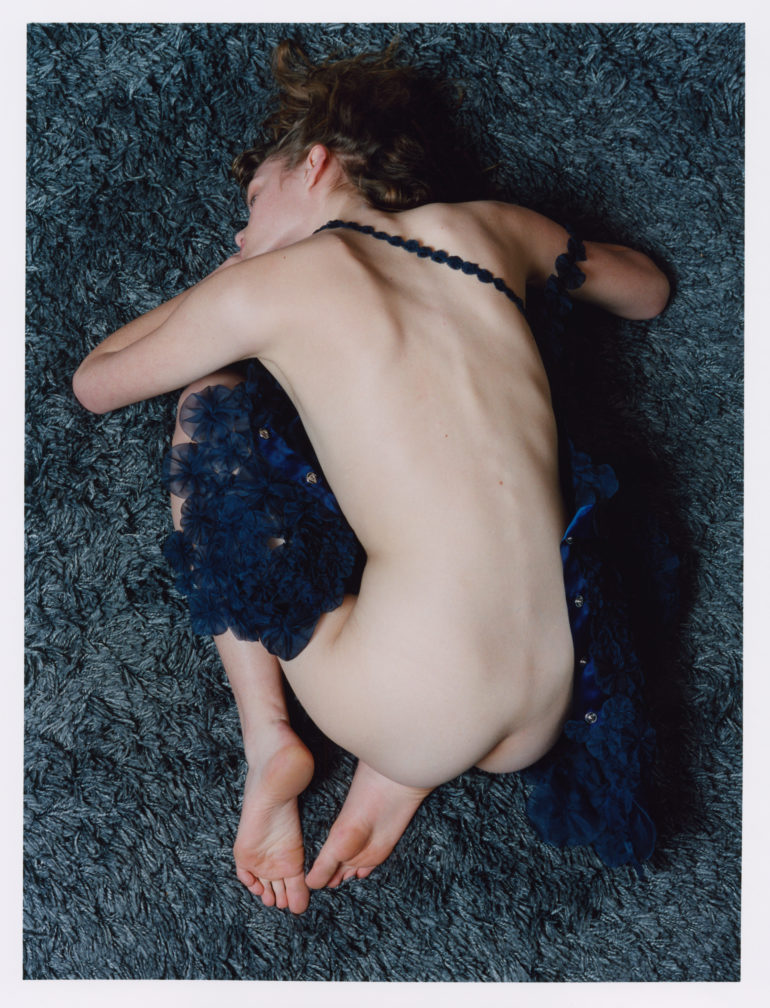
My first “fashion shoot” on film was in 2015 and it wasn’t until fairly recently that I discovered a love for photographing still life. Like running, going on a walk with just my camera and light meter became a sort of meditation for me and in a funny way taught me an important lesson in loving spending time alone.
I keep doing it because I keep learning and growing as a photographer and now as a darkroom handprinter, the learning never ends, and I could go back in the darkroom with the same negative 100 times and print a different result, and that’s a beautiful thing. I also want to be the best I can be so I can pass that knowledge onto others. I started teaching photography a few years ago, and that experience inspired me to develop a masterclass that I am still in the midst of producing. I hope to also produce similar masterclasses for my many creative and extremely talented friends and for all of these to live under one roof, TANGIBLE Masterclasses, for photographers (and possibly other types of creatives) to have as this invaluable resource.
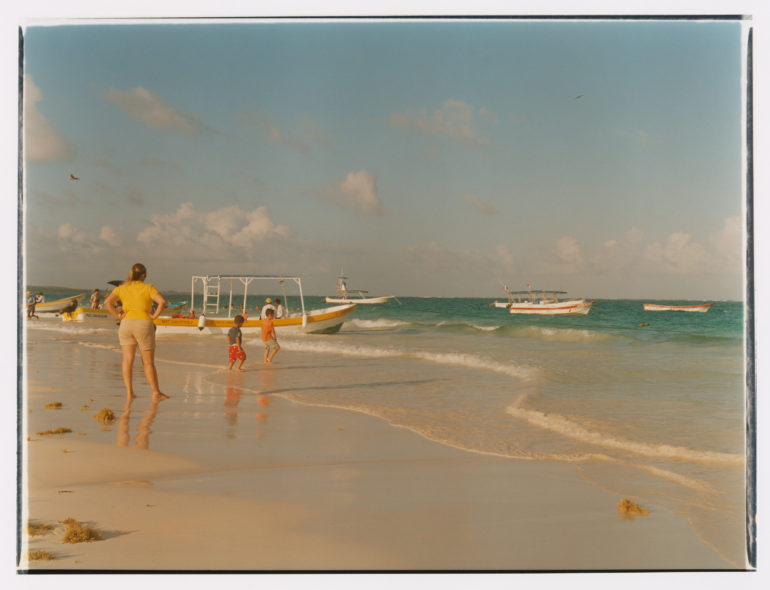
Phoblographer: Please tell us more about your all-film photography magazine TANGIBLE. What were the inspirations and motivations behind the publication?
Sabatalo: The name TANGIBLE was realized only this year, a few months ago as a matter of fact. But the foundation of the brand was originally formed in 2015 and was called “35mm.” It was in the first few weeks of shooting film myself that I realized there was not a single film only magazine at the time, as now almost every independent fashion or photography magazine appears to be primarily film-focused, so I felt I needed to form something to serve as an outlet for film photography enthusiasts. Soon after starting 35mm, we published her first print book, “Issue Zero” and have done two more since then. TANGIBLE is an art book publisher focusing on collector’s edition projects. The next book may be under the name 35mm or TANGIBLE or something new; that’s the beauty of the company turning into a publishing house rather than staying as a fixed magazine…it much better suits my free-thinking personality.
Phoblographer: You’re following up TANGIBLE with an all-film, fine art prints company as well. Can you tell us more about this venture and what we can expect from it?
Sabatalo: Yes! I haven’t felt this excited about a project since I started “35mm!” I truly feel there is a huge gap in the fine art prints market at the moment that no one has seemed to realize. TANGIBLE Fine Art Prints will be the only gallery to focus 100% on film only photography and have zero digital images available as a print. Film is meant to be printed and I think that has somewhat gotten lost due to the lack of darkrooms, and the increase of social media and the speed of which the world craves content.
Phoblographer: Based on your experiences and observations so far, how are today’s generation of photographers responding to creating fine art prints, given that it’s not the norm to print photos today?
Sabatalo: Without a doubt have I noticed a new generation who is both the most tech-savvy of us all, but who also desires quality over quantity, who are willing to patiently wait for something to be made in a more labor-intensive way if it means it is more sustainable, ethical or is improved with more fine details. There absolutely is a generation who desire the tangible, and who I’m betting is going to appreciate that the fine art print they are buying, framing, and hanging on their living room wall was shot on film, a limited medium and is printed on true photographic paper. I don’t like to gamble, but when I do have to place a bet, it usually means I know something others don’t and I would go all-in on this.
Specifically to the photographers I’ve worked with, are friends with, or admire, there has been a massive shift to film photography already. The “new” thing that again I am betting on is a long term norm and not a trend, is printing our work in the darkroom. For those who have not had the opportunity to do it, it is hard to describe the sensation, it’s like describing sex, a pale comparison to experiencing the real thing.
Phoblographer: What do you find to be the role of film photography in fine art photography today?
Sabatalo: We don’t “need” another crap image on our newsfeed, there’s enough of it that we get hit with on a daily basis. There was a statistic I came across recently that said we see on average 5,000 ads a day! I believe fine art photography is going to be that disrupt from all the fluff imagery, and I personally do not view digital photographs as fine art. They can be absolutely beautiful and I have respect for those photographers, but to me, it’s not fine art. It would be like creating the Mona Lisa on an iPad as opposed to oil painting her; both are beautiful, but one is fine art.
Phoblographer: You mentioned that you do workshops for film photography enthusiasts, and we assume it includes darkroom developing and printing. What do you make sure not to leave out, especially for those who want to print their own photos in the darkroom?
Sabatalo: I have yet to include darkroom printing in my in-person workshops because I wanted that to be one of the courses in my digital masterclass. Here’s a secret about darkroom printing: the biggest obstacle, as well as your greatest tool, is your own creativity. When you take a negative into a darkroom to print, that is your Photoshop, and you can take her a million directions and that’s all up to you, no one else. So, for me, I was a big hurdle to my growth as a printer because I was unsure of the direction or style I wanted for my images and the final prints.
The actual process of printing isn’t rocket science. Oh, it’s too dark, lessen the exposure time. It looks a bit magenta; okay I need to add more magenta in order to take it away (it’s the opposite thinking, adding more of a color decreases it). Of course, I am simplifying things a lot, and you can really have a lot of fun with your handprint by adding a pre-flash, often called simply a flash or fogging your paper. Of course, there’s also dodging and burning (lightening and darkening) specific areas. The best thing is to get in the darkroom and know you are going to be ripping up a lot of dud prints and be totally okay with that.
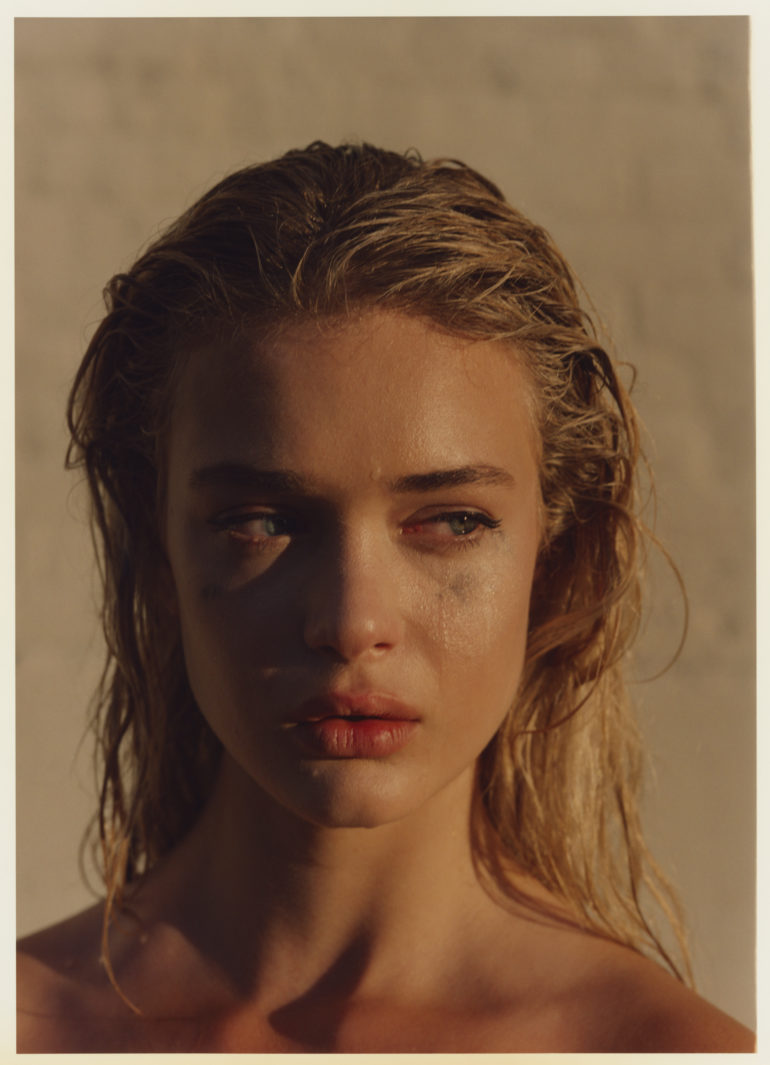
Phoblographer: We hear the statement that film is not dead all the time. What about print is not dead — what are your views on that?
Sabatalo: Film and print will die when being an artist is outlawed. Next question.
Phoblographer: Lastly, how do you see film photography, darkroom printing, and print itself faring or evolving in the next decade or so?
Sabatalo: It’s all up to us, to current photographers and printers to keep it going. We have a responsibility to educate those eager and willing to learn and as long as there are those who want to shoot on film and print in the darkroom and us who know what we are doing (somewhat) then this little trend we are seeing will absolutely turn into a strong recovery and stabilized market for this once huge industry. Being in London inspired me a lot, I owe it to those guys at Rapid Eye, BDI, and Chan’s for introducing me to darkroom printing. TANGIBLE House has a plan to open a film lab and darkroom in Los Angeles where photographers can rent out darkroom space and print their work. We hope to see this happen sooner than later as I have so many photographer friends in LA who have been begging me to teach them how to print. It really is an exciting time for film lovers.
Check out Nick Sabatalo’s website and follow him on Instagram to see more of his work, and keep tabs on the soon launching TANGIBLE House website and Instagram (@TangibleHouse) to learn more about the publication and the fine art prints gallery.


